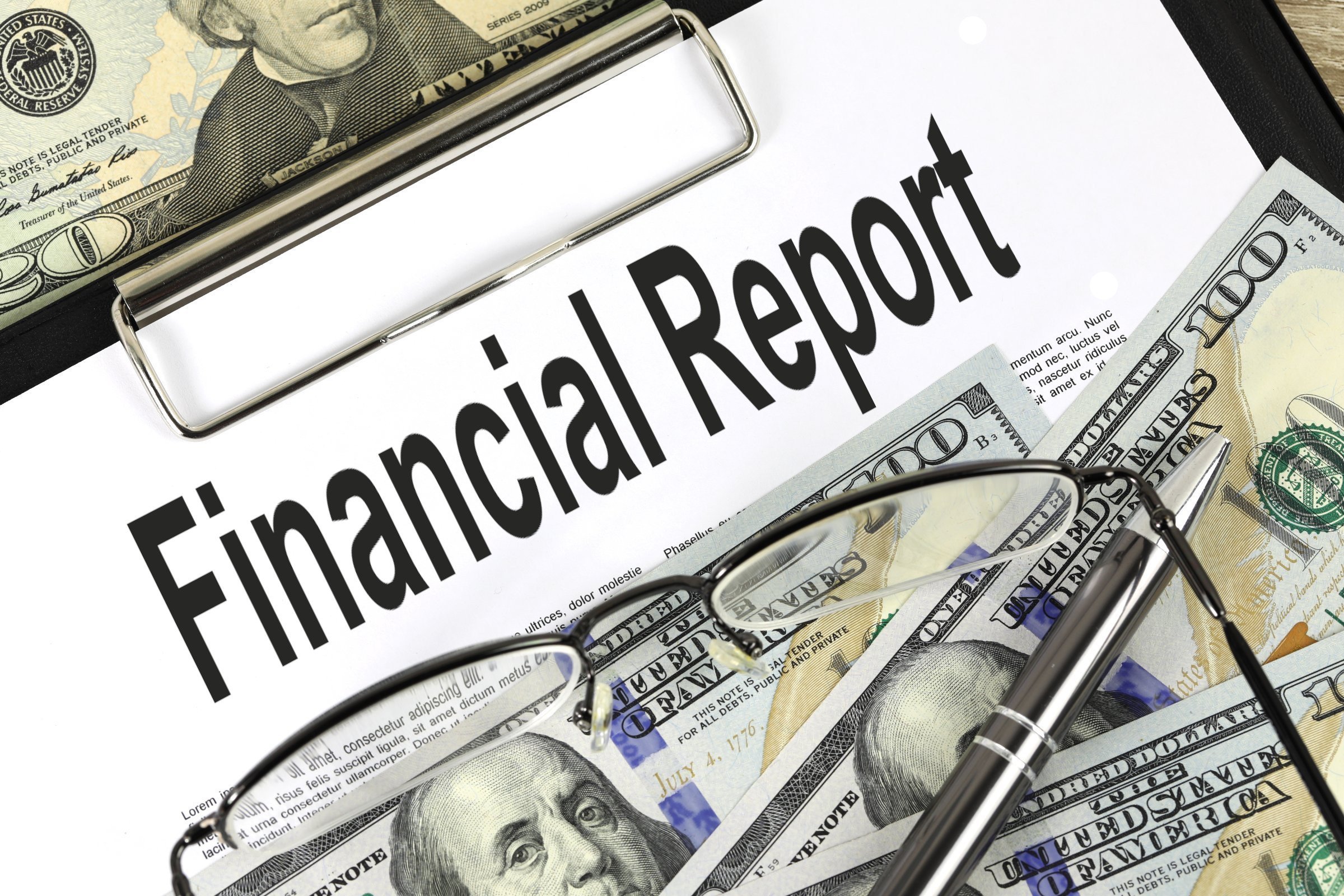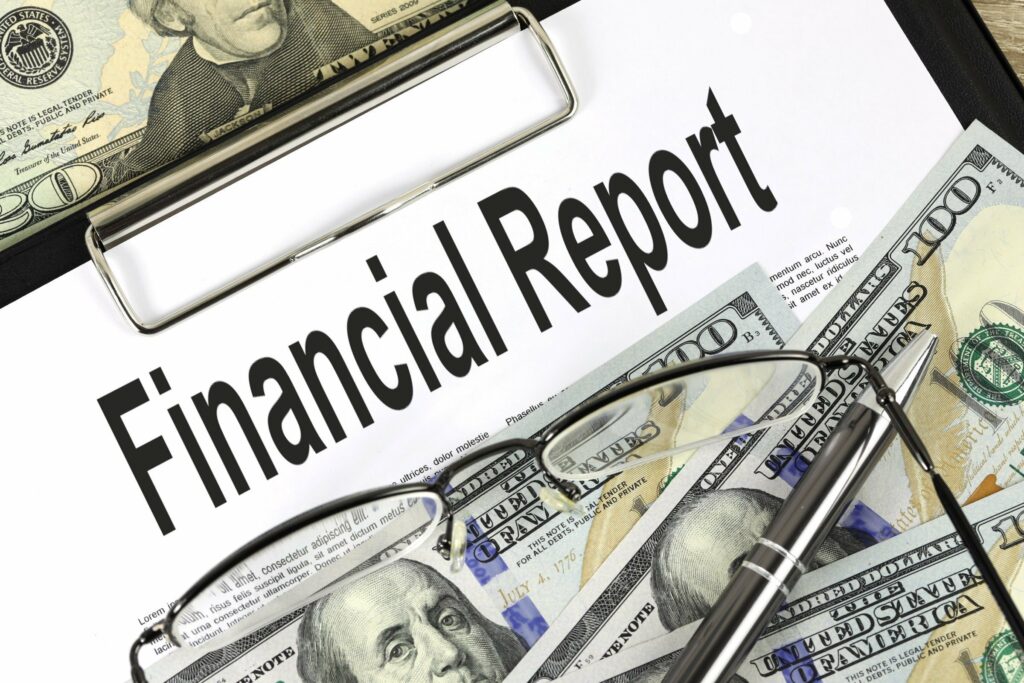
Capital Recovery Requires Executive Attention
By
Branko Terzic
A major component of any public utility’s annual expenses is that of depreciation, the recovery of capital. Yet, it does not receive the attention it should from utility management. Most utility managements rely on a periodic review of their depreciation rates every four to six years by independent depreciation consultants. This is not adequate monitoring of the investor’s assets on the balance sheets. EEI members companies reported $ 1.7 Trillion in assets in 2021.
When engaged for a periodic study depreciation consultants look for changes in the economic lives of the owned assets as well as changes from prior periods in cost of removal and salvage values. The estimation of service lives and net salvage is also required for assets containing newly acquired technologies such as various chemical batteries, renewable energy sources and unique assets such as gravity battery storage.
The Edison Electric Institute’s 2021 Financial Review is a consolidated Annual Report of the U.S. Investor-Owned Electric utility Industry. The report compiles and Consolidate Income Statement and a Consolidated Balance Sheet for the 44 EEI member companies. The four components of a utility’s annual expenses are operating and maintenance expenses, depreciation, taxes, and return on investment. For the industry the annual revenue requirement for 2021 would have looked like this (assuming an adequate achieved return.)
2021 EEI Consolidated
Operating & Maintenance Expense $210 B
Depreciation $ 60 B 16%
Taxes $ 26 B
Return $ 68 B
2021 Annual Rev Requirement $364 Billion
The annual depreciation expense here is 16% of the total revenue requirement. The key question: In between the periodic depreciation rate filings who is monitoring the regulatory, technological, economic, environmental, climate change and political factors and forces affecting the economic service lives and removal conditions of the $1.7 trillion dollars of utility assets under regulation? Who is monitoring, on a daily basis, all those factors affecting the $60 billion annually booked as depreciation expense?
As a founder of the Society of Depreciation Professionals (SDP) established in1987 and long serving trainer at the SDP annual conference and training meetings I have a good understanding of number and quality of professionals in depreciation. The Society has fewer than 150 members from among utilities, regulatory agencies, and consulting firms.
Many regulated utilities do not have full time staff devoted to depreciation monitoring. Neither do many regulators. I know because last year I wrote to state PSC chairman urging them to have someone enroll in the SDP and its training programs. I expect to do the same this year for utility CEO’s.
The estimation of depreciation expense is not just used for annual revenue requirement in rate cases. The consequences of incorrect handling of depreciation can lead to stranded investment. New depreciation estimation is also required in the approval process for the addition of new assets to rate base under most regulatory agency Certificate of Public Convenience and Necessity (CPCN) proceedings. The wrong economic service life or incorrect net salvage estimates in the valuation of new projects, particularly with new technology or exotic material requirements, means that projects could be incorrectly ranked or approved due to incorrect assumptions.
Regulated utilities and the regulators are invited to send their best and brightest to join the Society of Depreciation Professionals (www.depr.org). It is necessary not optional.
The Honorable Branko Terzic is a former Commissioner on the U.S. Federal Energy Regulatory Commission and State of Wisconsin Public Service Commission, in addition to energy industry experience was a US Army Reserve Foreign Area Officer ( FAO) for Eastern Europe (1979-1990). He hold a BS Engineering and honorary Doctor of Sciences in Engineering (h.c.) both from the University of Wisconsin- Milwaukee.
#BrankoTerzic #energy #regulations #experience #research #future #opportunity #strategy #management #people #electricity #power #utilities #renewables #RenewableEnergy #energysector #powergeneration #energyindustry #sustainability #public #utility

